
A symbol of military might


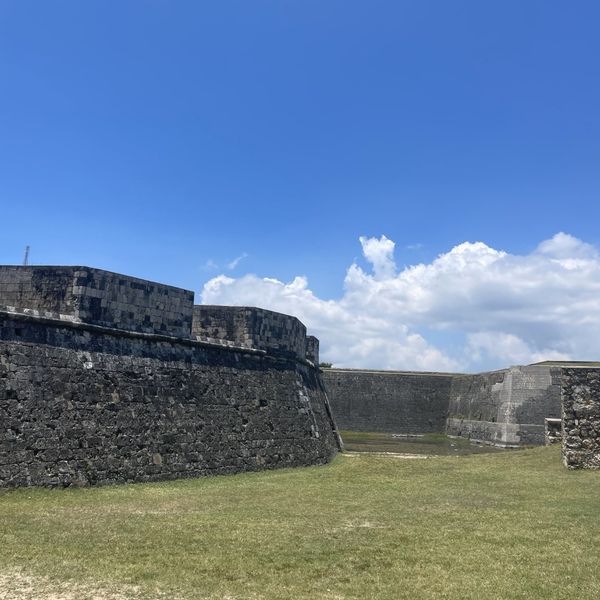
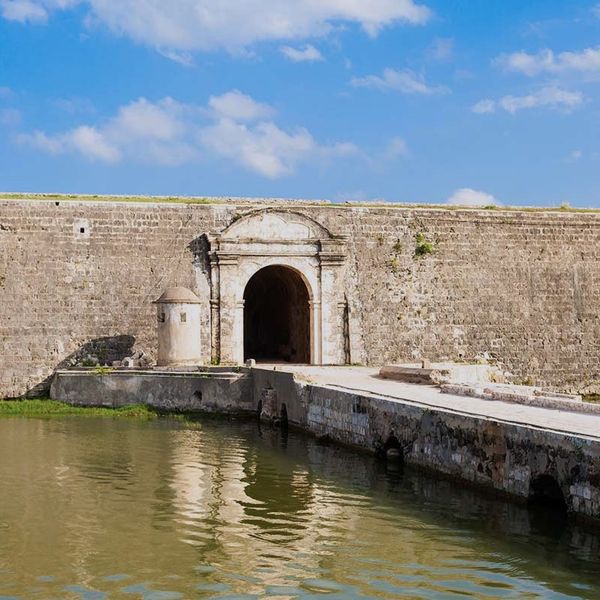
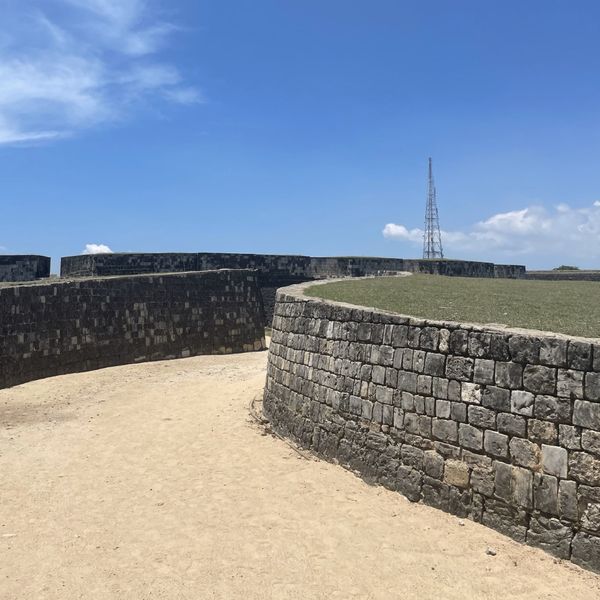
- Jaffna Fort, Jaffna
- Daily 7am - 6pm
The Past - A Masterpiece of Military Architecture
Jaffna has always been a place of busy trade and religious pilgrimage, but with the arrival of the Europeans came the quest for the crown of Jaffna.

- Portuguese - In 1591, a fleet of Portuguese under Andre Fernando Madonza invaded Jaffna, plundered the city of Nallur, and killed the king. They built an earthen fort and filled it with soldiers and weapons. Once home to Buddhist stupas, the auspicious site was protected on the south by the sea and on the other three sides by dense forest.
- Dutch - The Dutch captured Jaffna in 1658 and controlled it for the next 138 years. Within two decades of conquering, the Dutch built a new fortress at Jaffna: a display of military ambition, geometrical perfection, and architectural grandeur in a design very similar to the Dutch Fort in Batavia (now Jakarta), Indonesia. Its commanding position overlooking the Jaffna Lagoon made it a strategic military stronghold, unlike, for example, Galle and Matara forts used for commercial purposes such as exporting local spices and elephants.
- British - After the British captured the Fort from the Dutch, they continued to use the facilities; the church, hospital, barracks, bastions, wells, prison, stables, governor's house (Queen's House) and even the tennis court. After independence, amid the Sri Lankan civil war period, the Fort became a battleground of the Tamil Tigers and Sri Lankan soldiers. Regular bombardments and mortar fire wiped the grounds clean, and the once most perfect Fort on the island was left in ruins.
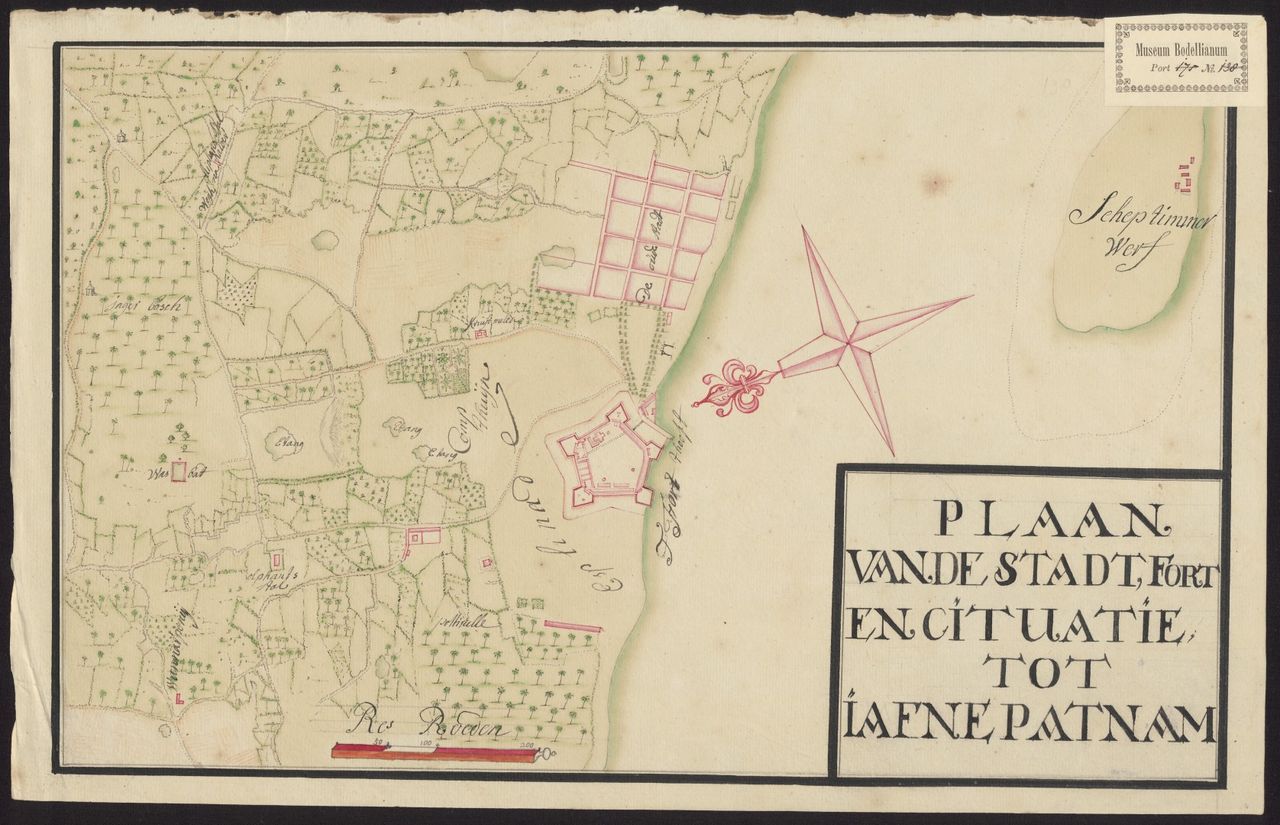
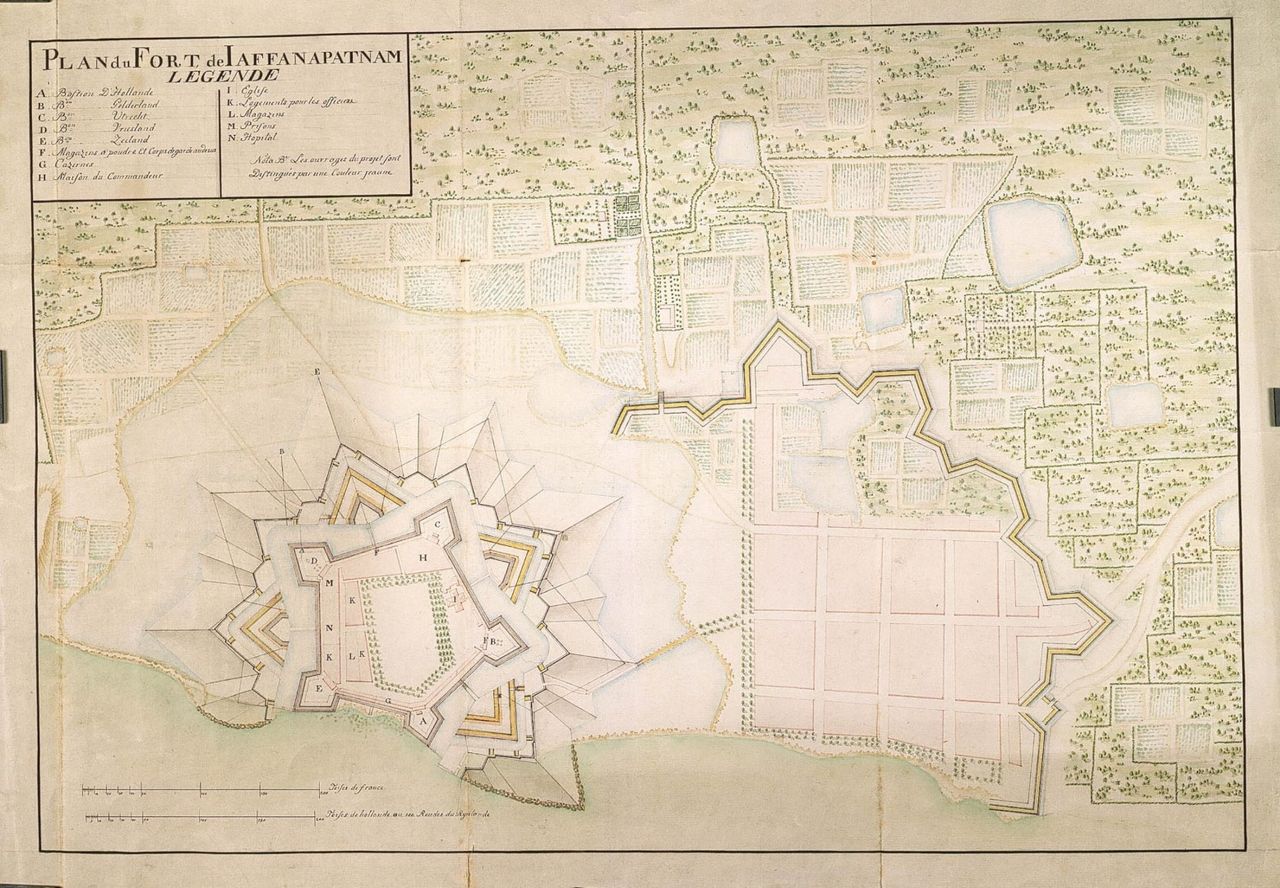
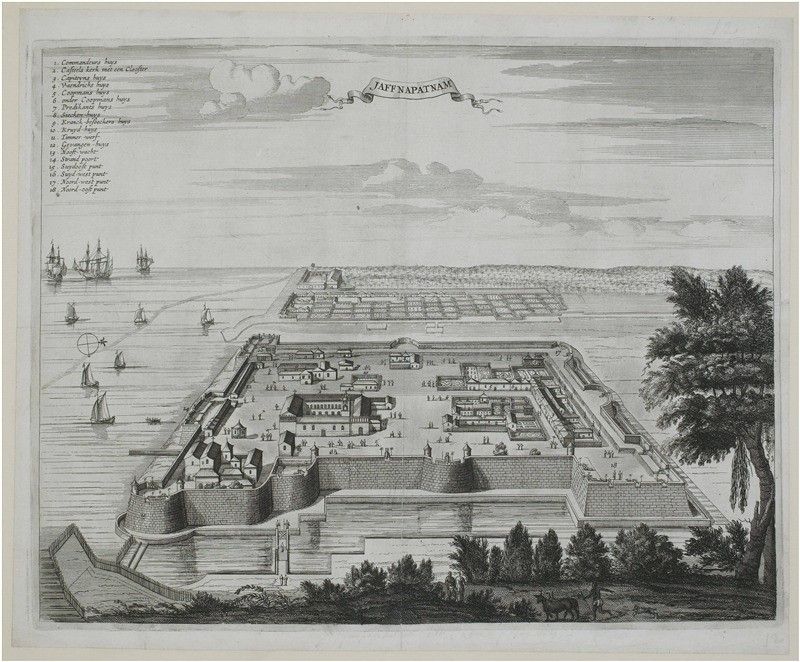
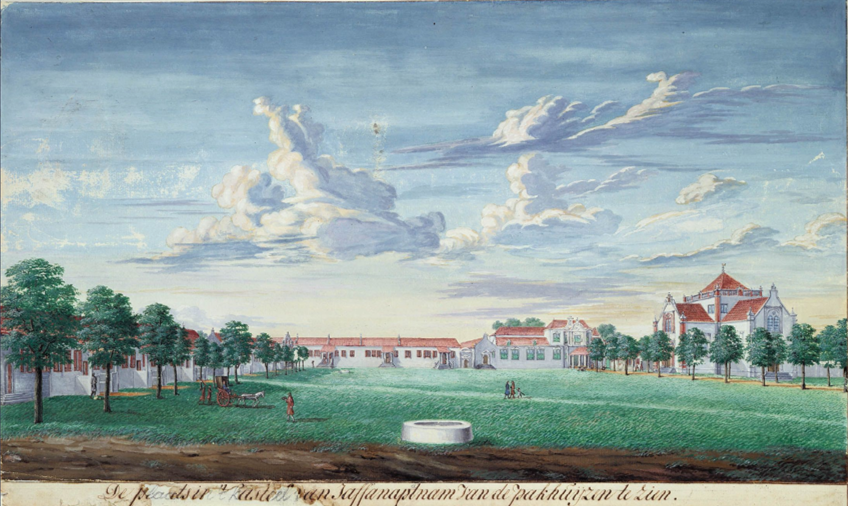
The Present - A Quiet Refuge
As a symbol of resilience, having withstood centuries of conflict and restoration efforts, Jaffna Fort is still frequented by pilgrims, tourists and locals alike. Everyone who comes to Jaffna comes here. Standing mighty as a testament to the region's rich colonial history and architectural heritage, it is a vast barren expanse of 'what used to be'. Rock remnants of the fort stay piled in the middle, a skeleton of a Church overlooks the lagoon, and the rampart holds hands, locking everything else in.
The Future - A Heritage Park?
With the lagoon on one side and the townscape on the other, the fort carries huge potential for recreational use, like the bastions of the Galle and Matara Forts. We also would like to see a (digital) resurrection of the different historical layers of this special place. AI provides a sneak preview of what Jaffna Fort could look like as a green public heritage park to be enjoyed by locals and visitors alike.

Jaffna Fort is considered the largest, strongest and best-preserved fort built by a European colonising power in Asia.
